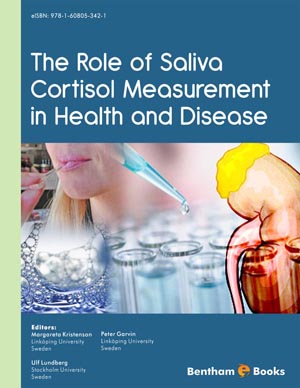Abstract
In recent decades, the technique of using ambulatory saliva sampling for measuring cortisol levels has become increasingly popular in field research and clinical studies aimed at investigating bodily responses to psychosocial stress and other psychological and clinical conditions. This interest is paralleled with frustrations on opposing and ambiguous results. To get a deeper understanding of the seemingly contradictory results, the Scandinavian cortisol and stress network (Scancort) was formed, based on 20 researchers from the disciplines of public health, psychology, biology and medicine. This book is based on a critical review of the existing empirical literature on salivary cortisol, aiming to evaluate the usefulness of salivary cortisol as a biomarker in various settings. In particular, this book focuses on how the many different ways of evaluating the levels and dynamics of salivary cortisol (i.e., with regard to time points of assessment and different algorithms used to integrate data from multiple time points) affect the interpretation of cortisol measurements in various contexts. One main question is to find out if it is possible that different results of studies involving cortisol assessments are functions of differences in the theoretic assumptions made and the methods used.
Keywords: Salivary cortisol, stress, cognitive activation theory of stress, adults, ambulatory, single time point measures, deviations measures, area under the curve, laboratory test, dexamethasone.





















